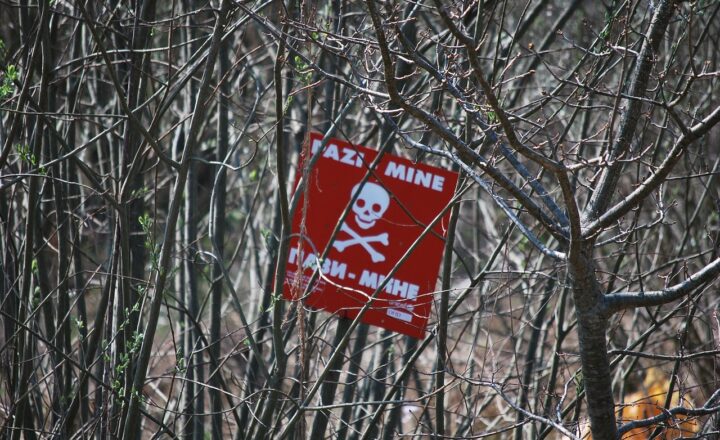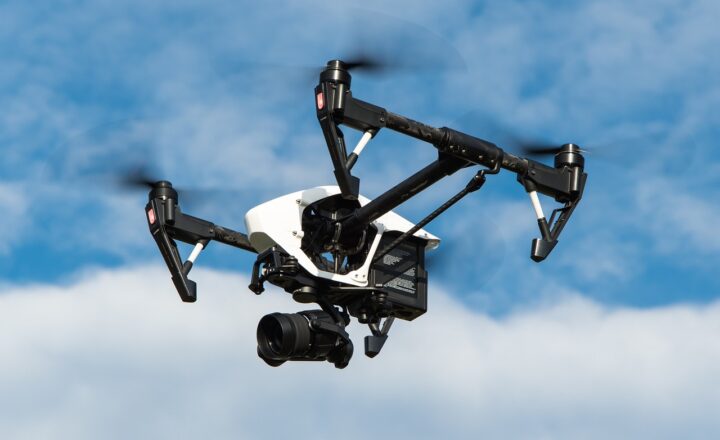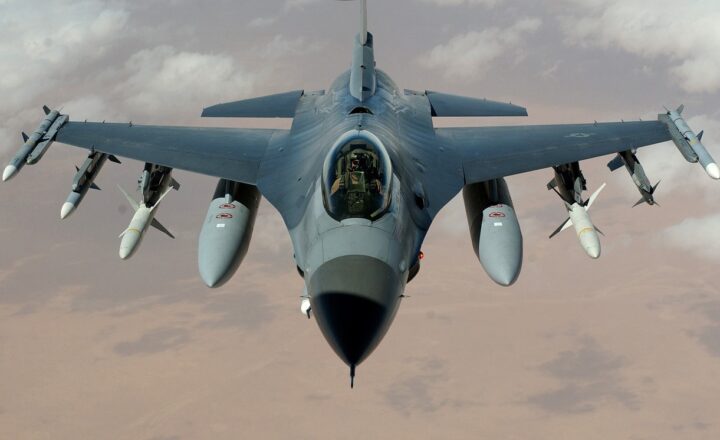How Drones Are Reshaping Rescue Missions Around the World
November 11, 2024

Drones, also known as unmanned aerial vehicles (UAVs), have revolutionized various sectors, including disaster management, environmental monitoring, and humanitarian aid. In recent years, the application of drones in rescue missions has gained significant momentum, bringing transformative changes to how rescuers operate in emergencies. This article dives deep into the dynamics of how drones are reshaping rescue missions around the globe, showcasing innovative technologies, successful case studies, and potential future developments.
1. Understanding Drones in Rescue Operations
Drones are remotely controlled devices equipped with various technologies, including high-resolution cameras, sensors, and GPS systems. Their adaptability makes them an invaluable tool in rescue missions, which are often fraught with hazards and uncertainties.
The core benefits of using drones in rescue operations include:
- Real-Time Data Collection: Drones provide high-quality aerial imagery and data that can be used for situational awareness, allowing rescue teams to assess challenging environments in real-time.
- Access to Hard-to-Reach Areas: Drones can easily navigate dangerous terrains, be it mountainous regions, flood-stricken areas, or regions affected by landslides, where it’s difficult or unsafe for traditional rescue teams to access.
- Speed of Response: Time is crucial in rescue missions. Drones can be deployed quickly, reducing the time it takes to gather crucial information and provide aid to those in need.
The integration of drones into rescue operations enhances the overall efficiency and effectiveness of response efforts, ultimately saving lives.
2. Key Technologies Behind Rescue Drones
Modern drones are equipped with advanced technologies that enable them to operate effectively in rescue scenarios. Some of the key technologies include:
- Thermal Imaging: Thermal cameras onboard drones can detect heat signatures, making it easier to locate missing persons in dark or visually obstructed areas, such as forests or rubble from collapsed buildings.
- GPS and Mapping Solutions: GPS technology allows drones to create accurate maps of disaster areas, helping rescue teams strategize their operations effectively. Advanced mapping solutions can also identify hazards that need to be navigated or avoided.
- Payload Delivery Systems: Many rescue drones are equipped with mechanisms to deliver essential supplies like medical kits, food, and communication devices to stranded individuals, significantly improving the chances of survival until rescuers arrive.
These technologies ensure that drones are not just aerial vehicles but sophisticated tools capable of saving lives in critical situations.
3. Successful Case Studies of Drones in Action
The real power of drones in rescue missions can be seen through various successful case studies from around the world. Here are a few notable examples:
3.1. Earthquake Rescue in Nepal
In response to the devastating earthquake that struck Nepal in 2015, drones were deployed to map the affected areas quickly. The drone images helped identify collapsed buildings and prioritize rescue operations. Teams utilized thermal imaging to locate survivors trapped under debris, proving instrumental in saving lives.
3.2. Flood Relief in Houston
During Hurricane Harvey in 2017, drones provided situational awareness, allowing first responders to assess flooded areas and identify trapped individuals. They delivered vital supplies, including food and water, to regions that were inaccessible by traditional vehicles, helping hundreds of people.
3.3. Forest Fire Management in California
In California, drones have been used to monitor wildfires, providing real-time data to firefighting teams. They identify hotspots and assess containment efforts, enhancing the efficiency of rescue missions that strive to protect lives and property.
These case studies highlight the versatility and effectiveness of drones, raising awareness of their potential in rescue operations.
4. The Future of Drones in Rescue Missions
As drone technology continues to evolve, the possibilities of their use in rescue missions will expand significantly.
Here are some anticipated advancements and trends:
- AI and Machine Learning Integration: The incorporation of artificial intelligence (AI) and machine learning could optimize drone navigation and enhance real-time decision-making, making them even more responsive in emergencies.
- Swarm Technology: Developing drone swarms for coordinated operations could drastically improve search efficiency, allowing multiple drones to cover vast areas simultaneously, increasing the chances of locating survivors.
- Regulatory Advancements: As drone technology becomes more commonplace, regulatory frameworks will evolve to allow for more extensive and integrated use in rescue missions, paving the way for public and private drone initiatives to work together.
By fostering innovation and collaboration, the potential for drones to reshape rescue missions will become even more promising.
5. Challenges and Considerations
Despite their transformative capabilities, the use of drones in rescue missions is accompanied by challenges that need addressing:
- Privacy and Ethical Concerns: The use of drones raises questions about privacy and surveillance, requiring careful consideration of legal and ethical implications during rescue operations.
- Operator Training: For drones to be effective, operators must be trained to navigate challenging conditions and interpret aerial data accurately. Ensuring qualified personnel are available is vital to drone deployment success.
- Battery Life and Range Limitations: Current drone battery life can limit operation time, especially in large-scale rescue missions. Continued advancements are needed to enhance battery technology and improve operational ability in extensive emergencies.
Addressing these challenges will be critical for ensuring the future of drone-assisted rescue operations is both effective and ethical.
Conclusion
Drones are fundamentally changing how rescue missions are conducted around the world. From improving situational awareness and reaching hard-to-access areas to enabling rapid response and delivering critical supplies, their impact is undeniable.
As technology progresses, the integration of drones into rescue operations is set to become more sophisticated, expanding their capabilities and effectiveness. While challenges remain, the potential for drones to save lives and streamline rescue efforts will continue to captivate the global community’s imagination, ultimately enhancing response capabilities in increasingly complex emergencies. Moving forward, embracing innovation and collaboration will be vital in harnessing the full power of drones in humanitarian efforts.








